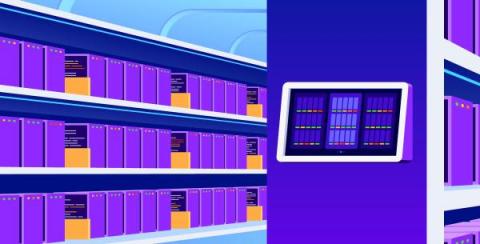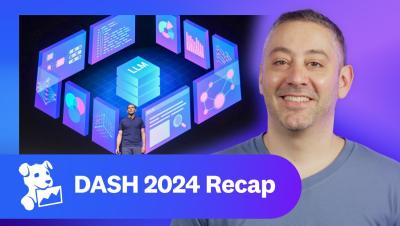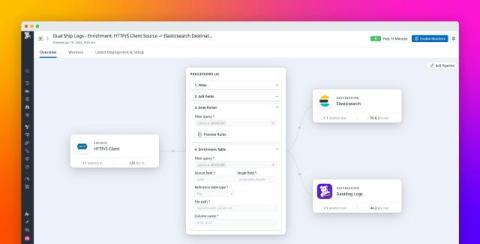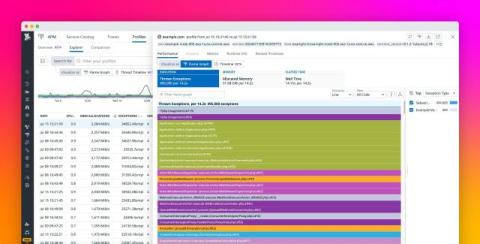Manage your infrastructure with ServiceNow CMDB and Datadog
ServiceNow is a popular IT service management platform that helps organizations track and manage enterprise-level IT processes, such as on-prem infrastructure management, customer support, and incident response. By using ServiceNow’s configuration management database (CMDB), organizations can easily centralize and manage information about all the IT objects they own in order to track and maintain them more efficiently.











